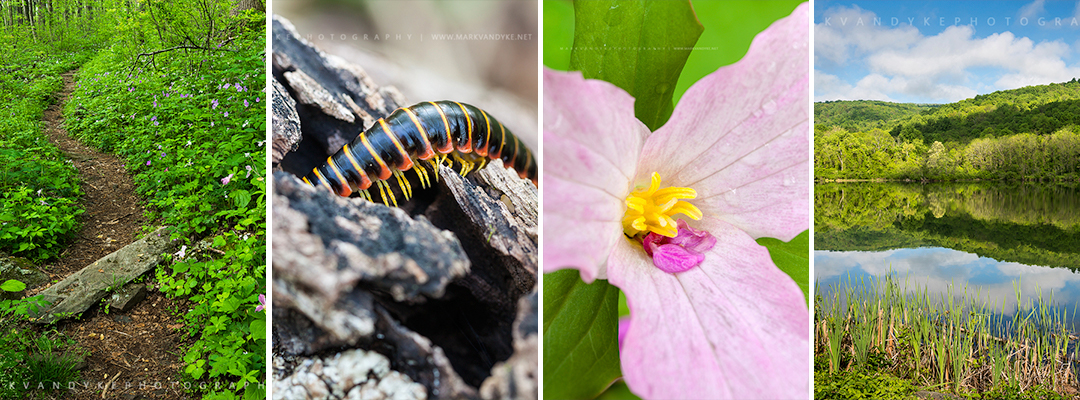
Photo Essay: G. Richard Thompson WMA 2015
Thompson Wildlife Management Area is an acreage of property (4,000+) owned and operated by the Virginia Department of Game and Inland Fisheries in Fauquier County, Virginia. Located about one hour west of the Northern Virginia suburbs outside of Washington D.C.., the property is within day trip range for many, yet far enough away and close enough to the Shenandoah Mountains for some true isolation. Various species of trout are stocked in the man-made lake and the forest habitat is somewhat managed for hunters. Much of the property was logged and the trails still bear the evidence of being log roads at some point. The north western portion of the property is situated along the crest of the Blue Ridge Mountains with the Appalachian National Scenic Trail running for seven-plus miles through the WMA. To the south and east, the property drops in elevation down into a valley of sorts, where multiple natural seeps and springs feed down into Thompson Lake below. Parking and access points are numerous from both Leeds Manor Road and Freezeland Road. The property is a Virginia game land and thus does require a permit (a common VA state fishing license or similar will suffice) and hikers/photographers should use common sense during hunting seasons.
What’s the draw to this property? Spring wildflowers of course! G. Richard Thompson Wildlife Management Area is known as an outstanding place for botanists and nature lovers alike to glimpse the riches of nature during the spring awakening. The crown jewel: trillium grandiflorum, or large white flowered trillium. Some sources go as far as to quote this particular stand of trillium as the largest and/or densest along the entire east coast. Accurate or not, there are millions of trillium to view–plenty to go around for everyone. Miles in fact! The trillium bloom mostly along the northern crest of the property and are most abundant along the Appalachian Trail. If you’re interested in a short wildflower hike, parking at the Trillium Parking Lot along Freezeland Road will provide very convenient access to the action. However, once you’ve gotten your fill of the trillium, don’t forget to look for the rather elusive and exotic yellow lady slippers that dot the property, or the showy orchis that seem to quietly appear near the damp, rocky hillsides around the natural seeps and springs. Mixed in with the trillium are thousands of yellow downy violets, rue anemone, and wild geranium, giving areas of the forest floor a bouquet-like appearance of yellow, white, and purple wildflowers. And while you’re down there on the forest floor checking out the flowers, you’re more than likely to meet some wildlife in the form of millipedes, centipedes, turtles, and a host of other critters. It is truly an abundant area for those that appreciate nature!
I visited the property five times in total this spring season. I’m embarrassed to say that the first three visits were utterly unproductive, and it wasn’t the fault of the place but my own. I showed up on my first visit with my normal kit: a wide-angle and a medium telephoto lens. I parked down at Thompson Lake and I was determined the scout the entire property; I wanted to pack and walk every trail I could find to get a feel for what was there, what I might see, and where best to access at various different times (the “work” part of being a photographer). The lake had some potential, although it faced west and thus, didn’t pick up the morning sky color. As I gained in elevation along the fire roads and trails, the forest was young, sticky, chaotic, and rather difficult to envision much by means of photography. The crest of the property, traveled largely via the Appalachian National Scenic Trail was rather scenic due to the high numbers of trillium painting the forest floor; however, the upper story of the forest was still largely dormant and without interest and structure. I figured that trail shots and wider vantages would require the aid of some thick fog, which I jotted down but never had the pleasure of confirming with actual weather conditions. Multiple natural seeps and springs appeared along several of the trails off of the high ridge that showed great potential in terms of wildflowers and wildlife–these would be spots I returned to frequently. And there was one nice, wide, open scenic vista out over a number of farms that had potential for wide-angle landscapes. But, ultimately, I spent the first three trips out to Thompson walking but not shooting. I made the several hour-plus drive out and back, each time returning to the office only to wonder what the heck I was getting after, because in a business sense at least, the ROI was really poor!
The fourth time I had the foresight (if you can call it that) to borrow a macro lens and place it in my pack. The morning started much the same as the others. I was really excited to see the presence of fog along the ridge when I arrived just before sun up, sure I was going to get a crack at some place takes–wider, storytelling shots of the trails and seas of trillium. Unfortunately, upon entering the forests, the fog made a disappearing act and left me reeling as my mind was already down a certain track. Luckily, on this particular morning, I made a recovery! It was muggy, hot (seventy-plus already just after the sun was up) and I was walking along the Appalachian Trail in my hiker haze when I thought back to a guy I met in South Carolina in 2009, Ken DeCamp. Ken was a macro shooter through and through and I met him for the first time as he lay on his stomach in a thicket of wildflowers near Station Cove Falls off of Cherokee Foothills National Scenic Byway in South Carolina. Ken was visiting family and the area from his home out in Northern California, and was seemingly fascinated by the bounty of life along the forest floor of the Blue Ridge Mountains. We chatted for quite some time and later, upon checking out his work, I too was fascinated by the world that he had apparently found through his lens! I had never really stopped to examine the forest floor one square foot of soil at a time. Instead, I was ripping up and down trails en route to some waterfall or other attraction, largely oblivious to the details around me.
When I thought of Ken that day, I figured what could I lose? I snapped on the macro lens, headed down to one of the natural seeps along the property and began to narrow my world down, slowly, letting my eyes (and my mind) adjust to each incrementally small adjustment until I was studying the forest floor one square foot of soil at a time. I was patient and I was thorough. All sorts of neat stuff began to appear in front of me–a colorful centipede was burrowing through a rotting log; a nearby turtle was checking me out probably wondering what the heck I was doing down in his territory. And so it went. The frustration was replaced with excitement and I began having some fun. And when I started having fun, the photography started coming easier and easier. Eventually, I started seeing the trillium not as a “sea” of flowers part of the larger landscape but as individuals worthy of smaller shots. Then, I bumped into the elusive Yellow Lady’s Slipper when I wasn’t even looking! It was quite the eye opener to me how I could walk around for three days and not see anything to put the lens on, and now, in the span of an hour or so I was worried that I would wear out a memory card with photographs! I hadn’t shot photographs like this since I had a handheld point-and-shoot camera, and oddly enough I missed it. While I’ve evolved in the craft–learned some guidelines, practiced some compositions, experimented with a handful of different gear, and experienced a variety of weather conditions–I’ve also lost a bit along the way of my journey. I’m not going to dwell on those losses specifically except to say that I’m more conscious of them by the day–more self-aware and more determined to make sure that in the effort to be a full-time earning photographer I don’t forget some of the smaller pleasures that brought me to the craft and the vocation in the first place. I refuse to get locked into shooting and sharing only those scenes that grab attention: I need my fair share of these to get on with the business, but I don’t need nor do I want them exclusively. So, Ken, wherever you are out there my friend, these photographs are for you. You saved me from myself and my training and my un-evolved mind on this particular day. And I thank you and hope that you and your family are doing well!
I returned a fifth time, hoping again for fog and again getting none. However, I would count my first season visiting G. Richard Thompson Wildlife Management Area in the Blue Ridge Mountains of Virginia as a success and a place I’m likely to return to again!
For those who are the curious types, trillium grandiflorum (or white trillium or large flowered trillium) are native wildflowers to upland forests of this area. They are spring ephemerals, which is to say that they are intimately synchronized with other living landscape components, blooming just before the tree canopy above blocks the abundant seasonal sunshine from hitting the forest floors. Pollination occurs in a number of ways. However, I was most surprised to learn that ants and flies are two of the primary sources of pollination; apparently, the trillium secretes an oily substance that attracts the ants. Deer, too, can expand the range of the trillium by carrying seeds much greater distances than the aforementioned. These guys begin a pure white color and then as they age the petals take on various shades of pink and purple, sometimes turning entirely and boldly magenta. Trillium are widely used in symbols, particularly for business logos and otherwise because of their namesake symmetry: three petals, three sepals, three bracts and are also known to herald the awakening of the earth in general. Many different species of trillium exist and can be seen within the Blue Ridge Mountains, however the white flowering trillium are perhaps the most common.

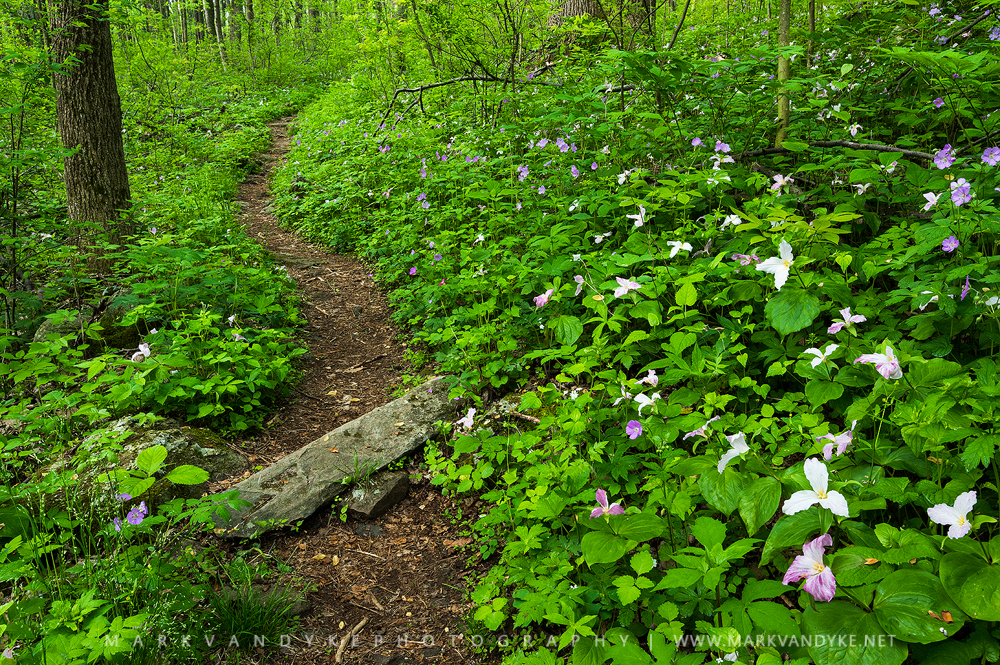
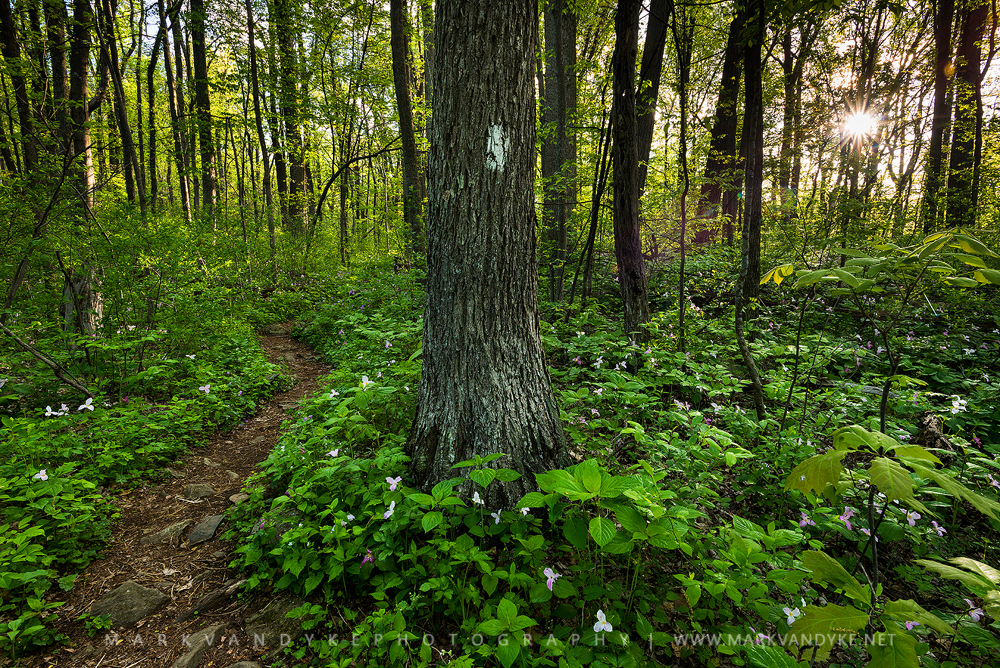
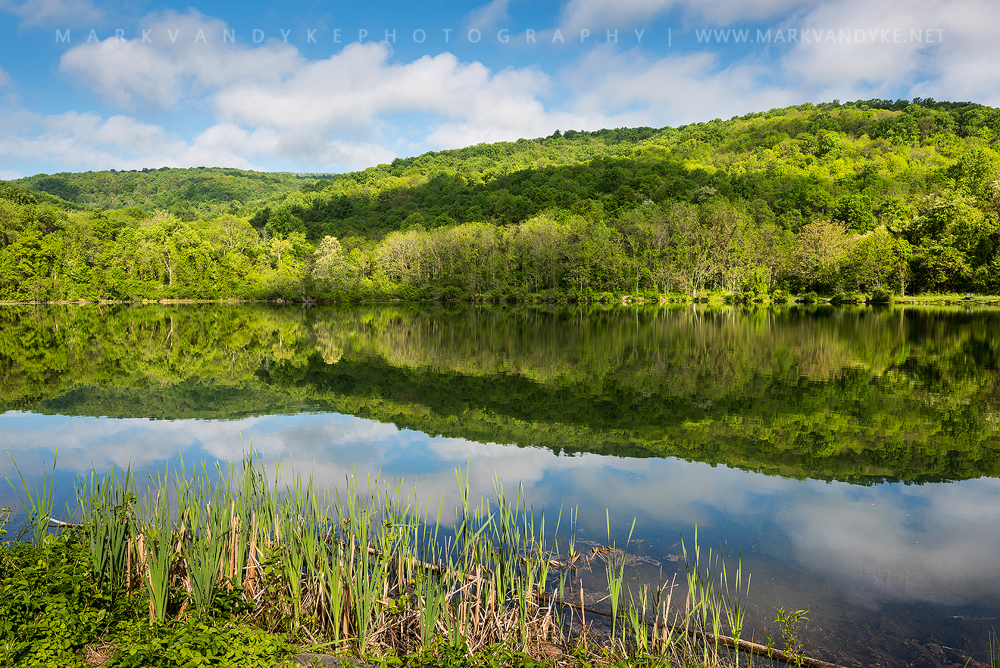


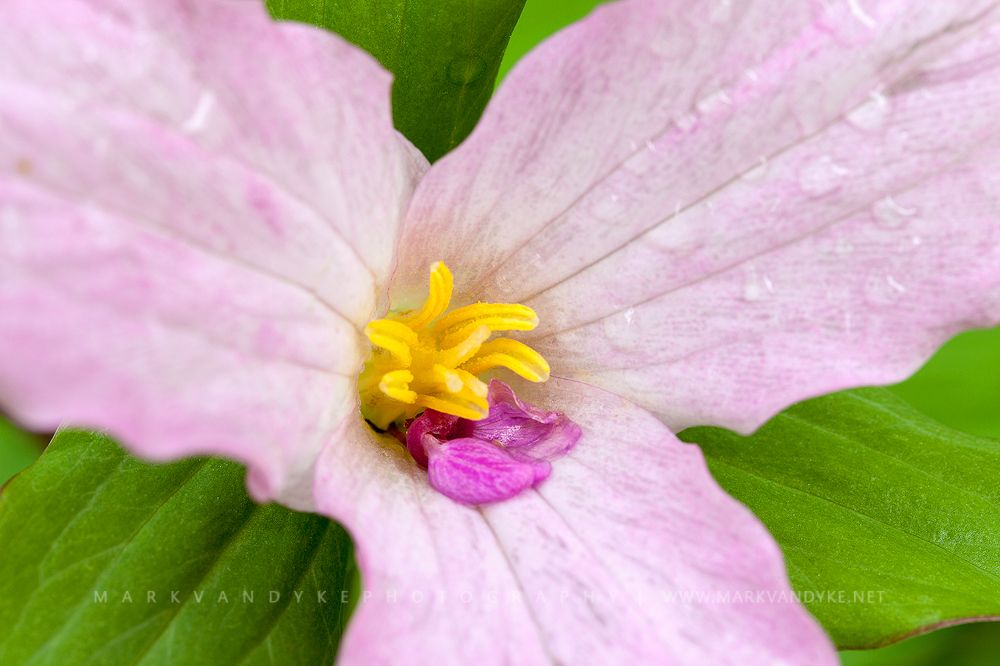
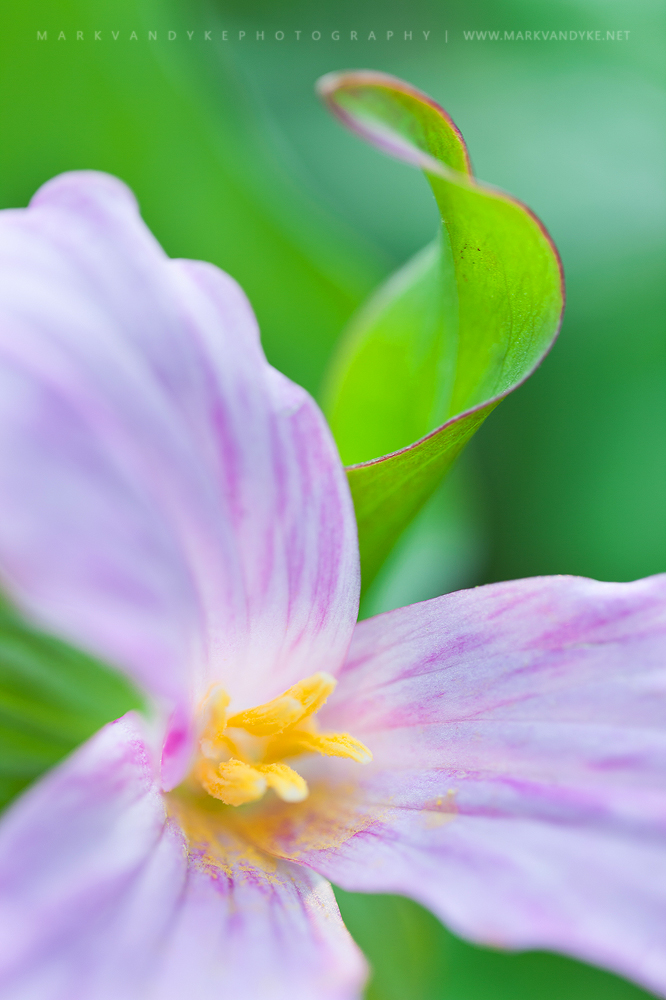
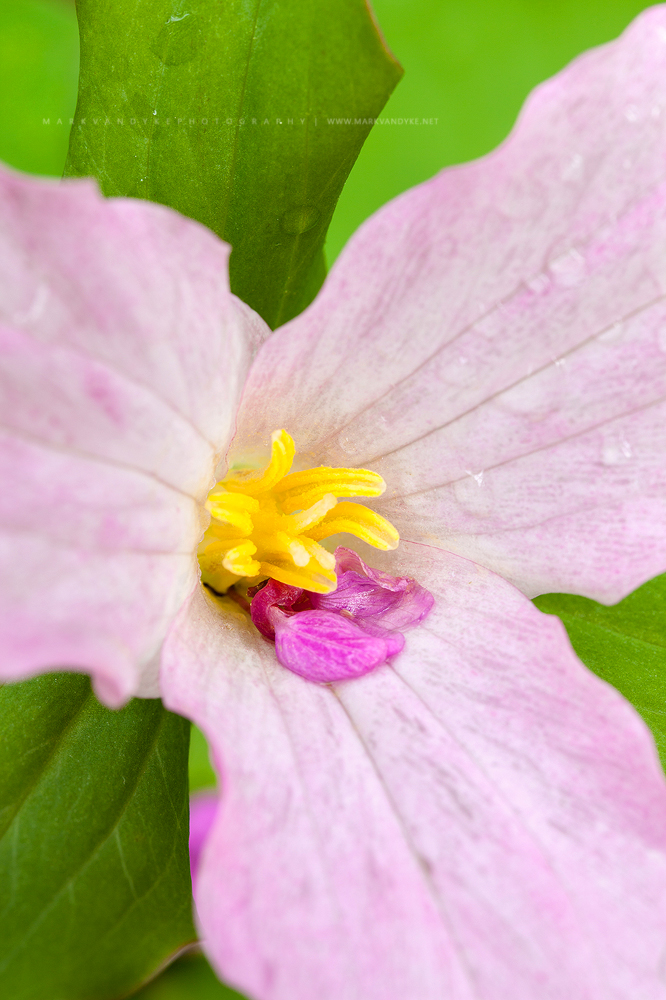
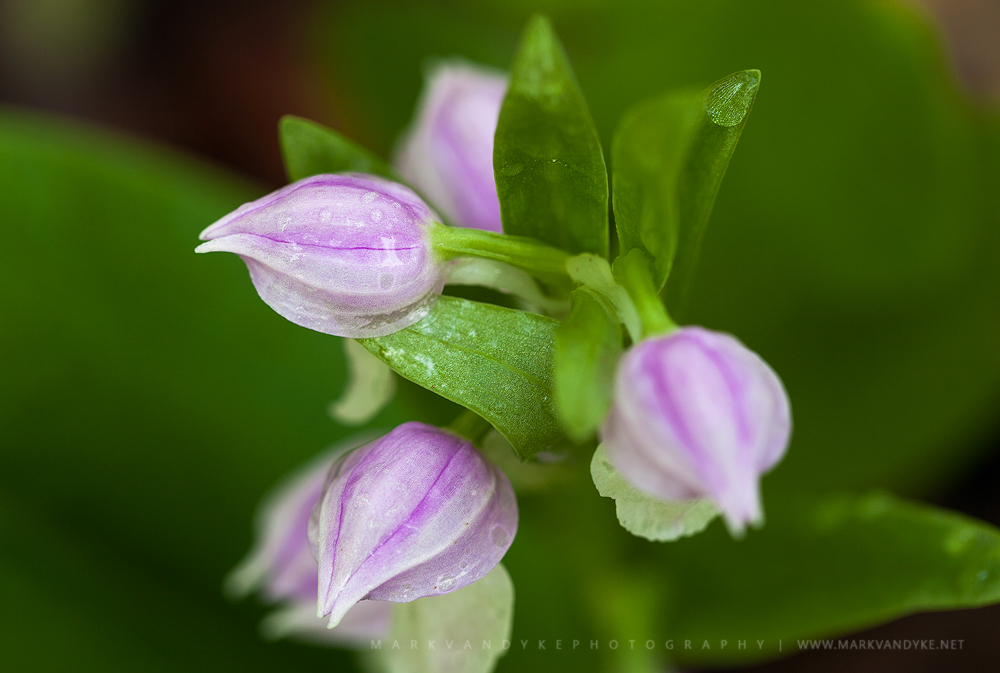
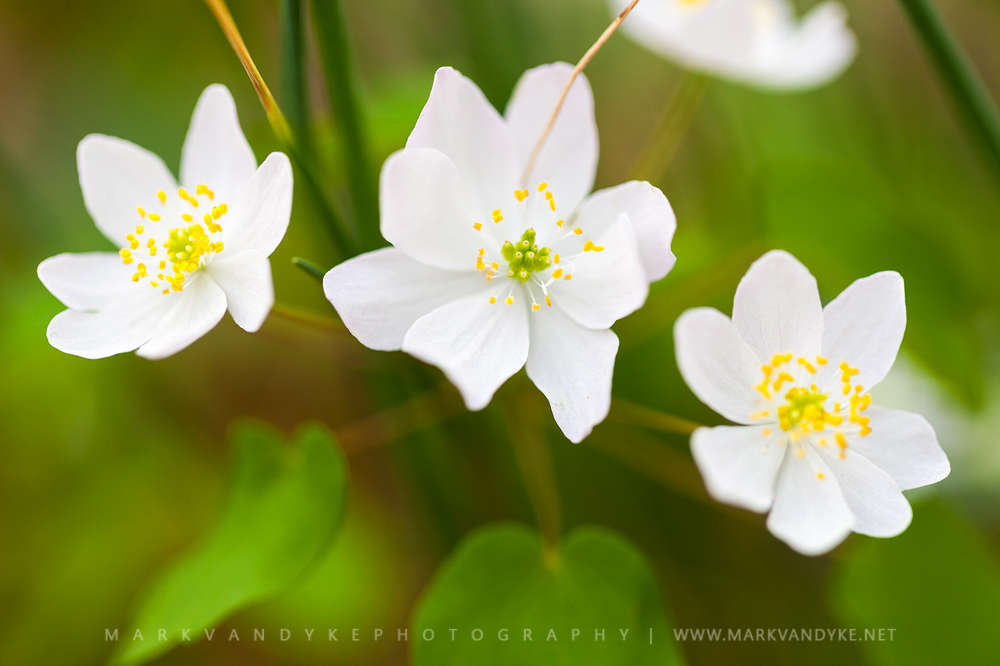
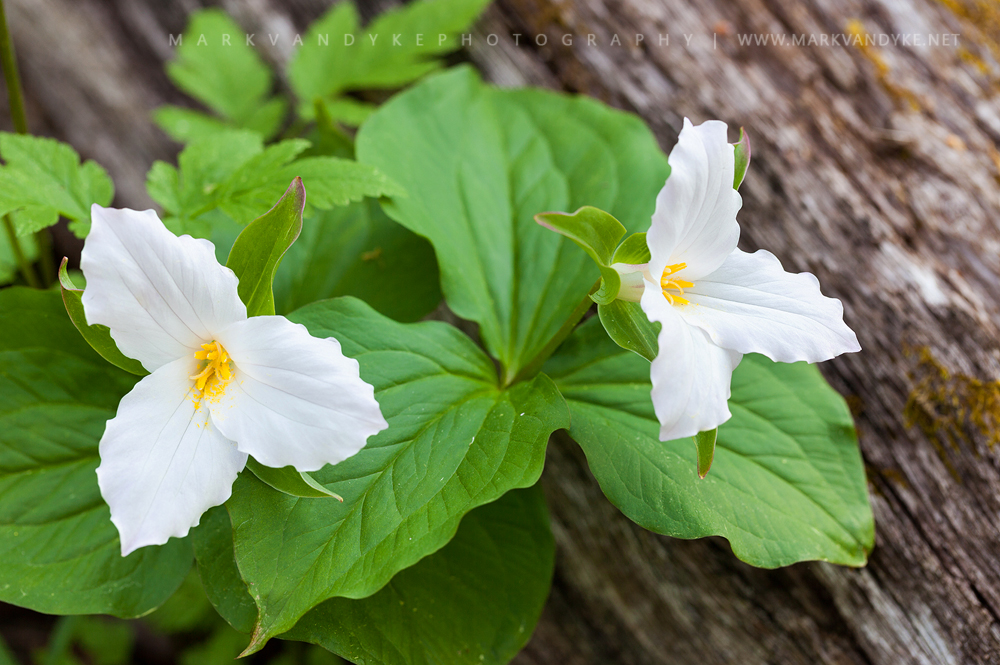
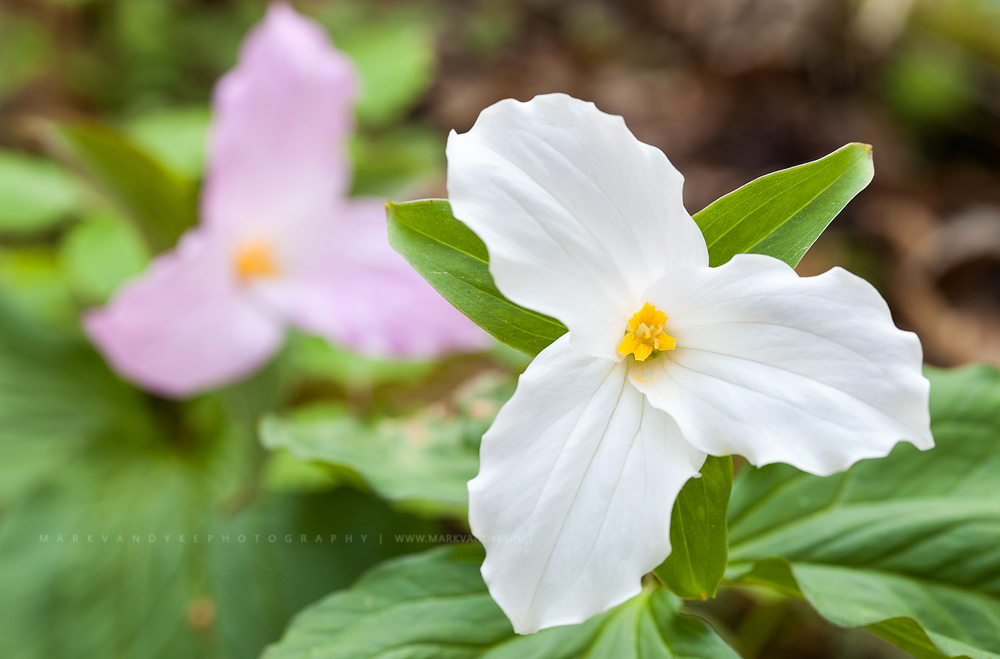
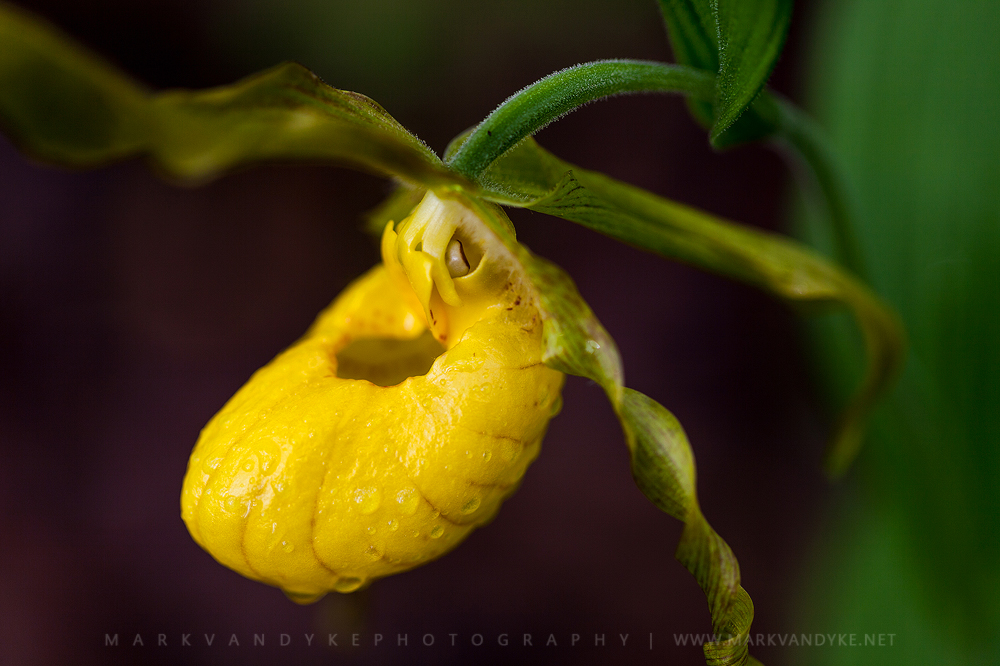
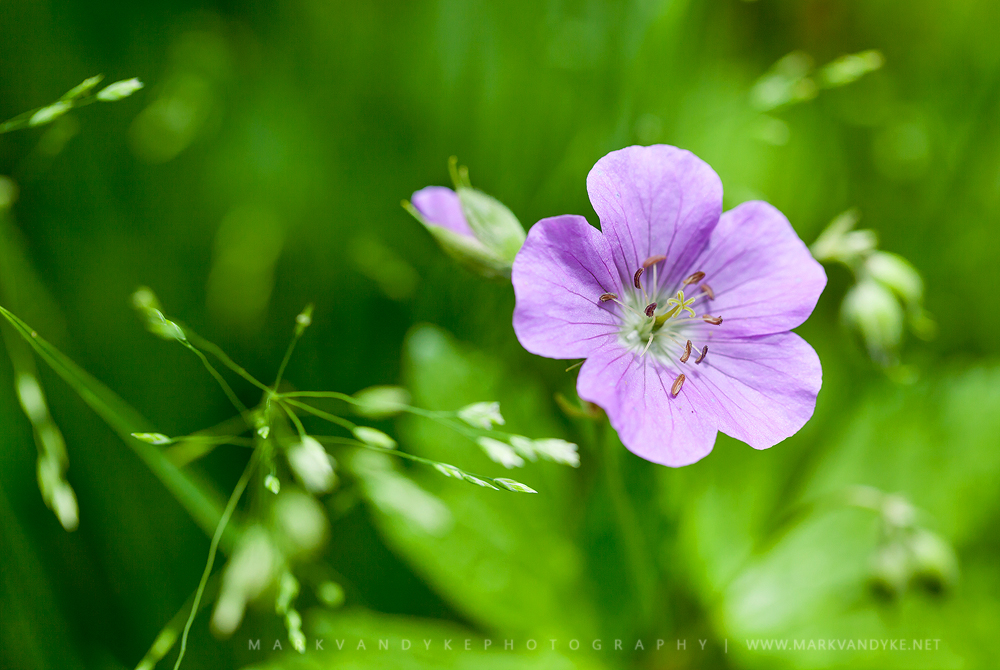
Mark,
Loved reading your blog and the awesome pictures- the lake shot pops.
GR Thompson WMA is one of the under appreciated gems – I don’t recall this ever mentioned in the Post of any other local publications.We came to know of this many years ago when Audubon Naturalist Society did a day trip to look for birds and early Summer blooms. This year we finally made it to see the bloom- it was wet and foggy, but the number of Mayapples & Trilliums astonished us. It was indeed magical. The best part was that there was hardly anyone on that Sunday afternoon.
We enjoy Nature and taking pictures..
Regards,
Sudhir
Hi Sudhir! I was unaware of Thompson WMA myself until some friends and family kept mentioning that I should give it a look. When I finally made it out for the bloom I was quite surprised at the abundance of wildflowers and the great conditions. It truly is a beautiful piece of property to spend some time hiking and photographing. I really liked the variety of wildflowers as well, from the trillium to the yellow lady slippers to the showy orchis. It seemed that if I paid attention, slowed down, and looked at the ground I started seeing and finding all sorts of amazing stuff to photograph. Thanks for stopping in and dropping me a line! I appreciate the visit!